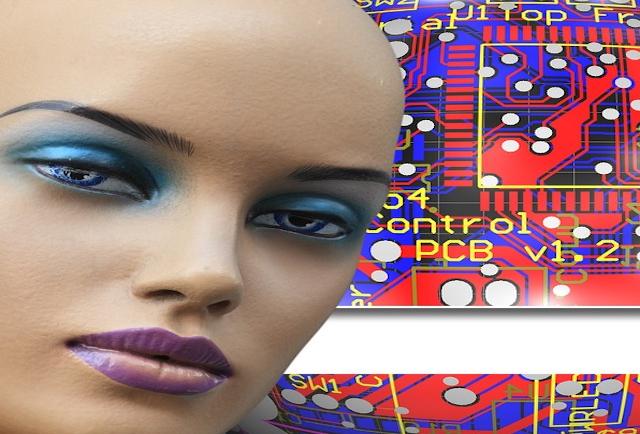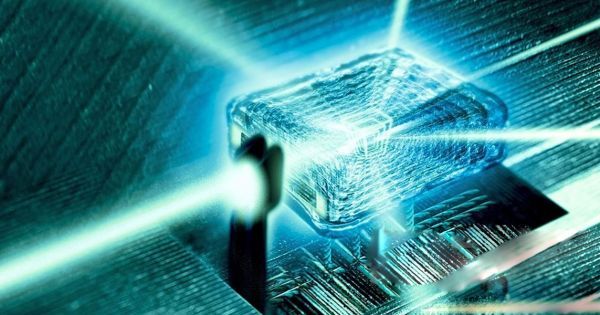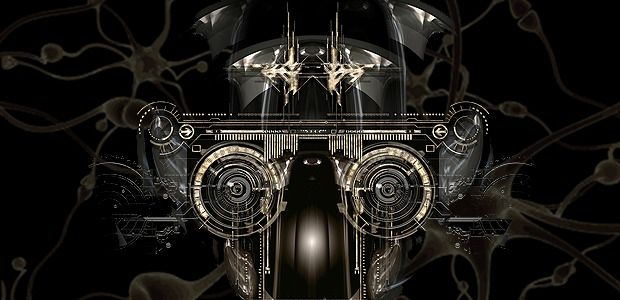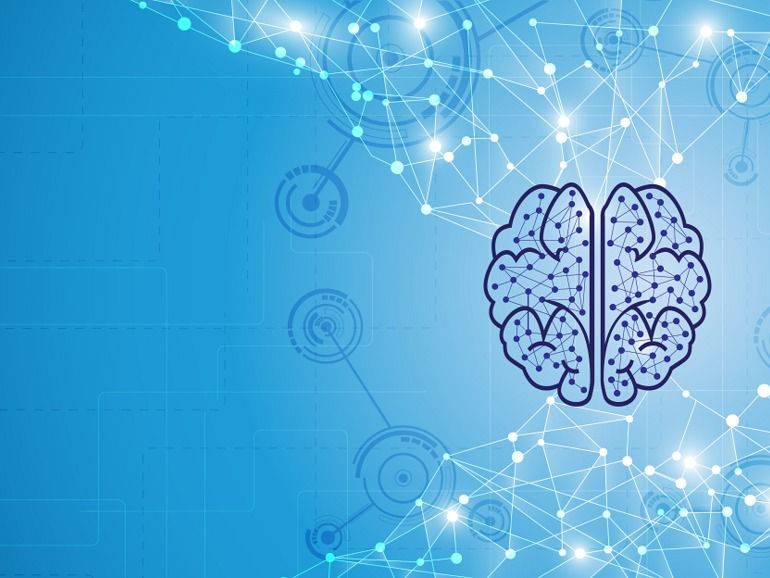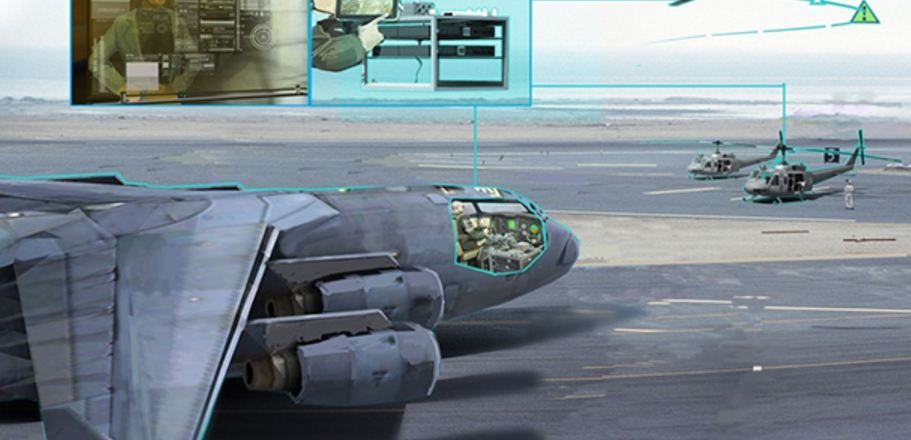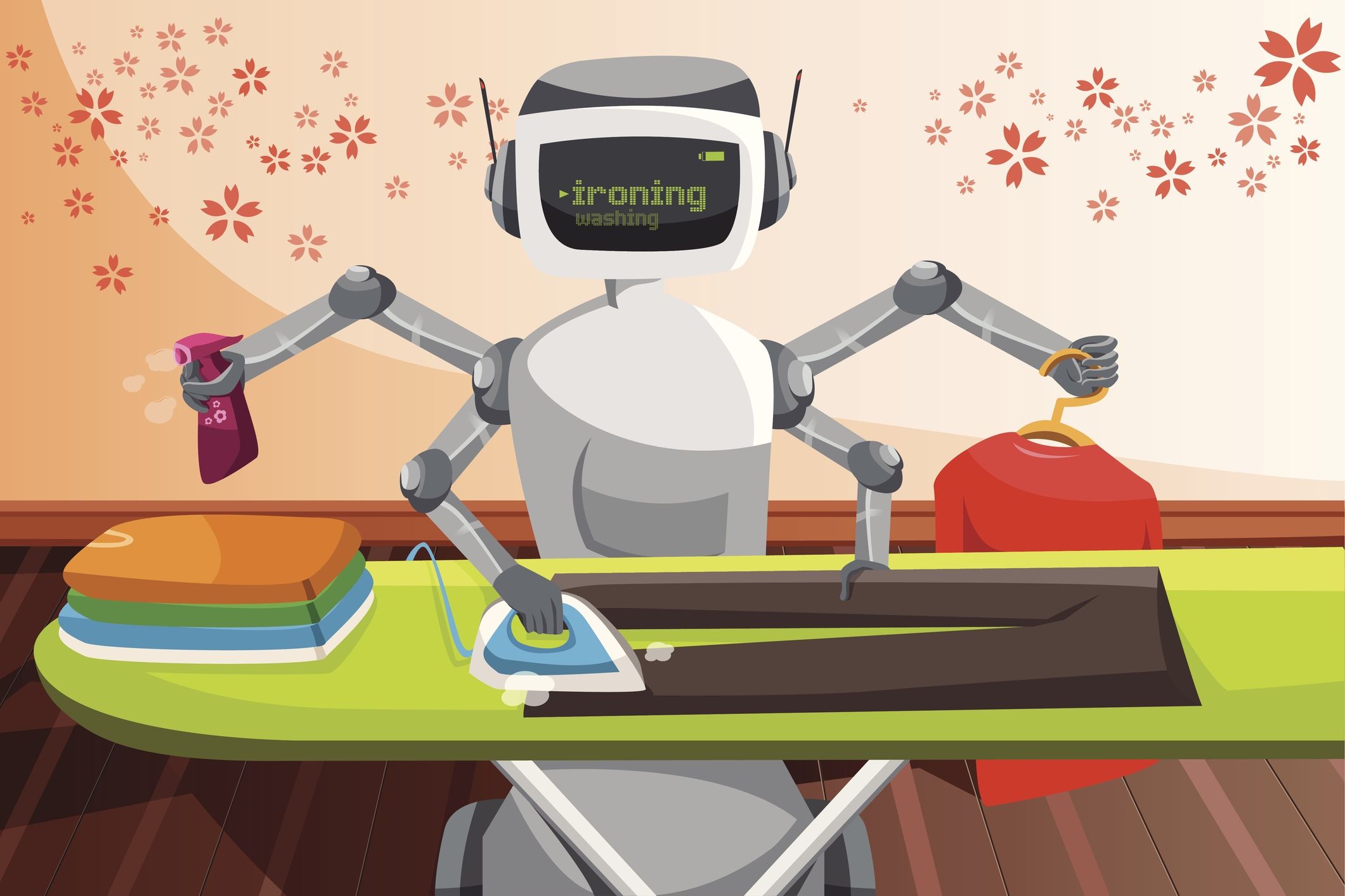Nov 11, 2016
Battle of the Bots: How AI Is Taking Over the World of Cybersecurity
Posted by Elmar Arunov in categories: cybercrime/malcode, encryption, information science, robotics/AI
Google has built machine learning systems that can create their own cryptographic algorithms — the latest success for AI’s use in cybersecurity. But what are the implications of our digital security increasingly being handed over to intelligent machines?
Google Brain, the company’s California-based AI unit, managed the recent feat by pitting neural networks against each other. Two systems, called Bob and Alice, were tasked with keeping their messages secret from a third, called Eve. None were told how to encrypt messages, but Bob and Alice were given a shared security key that Eve didn’t have access too.
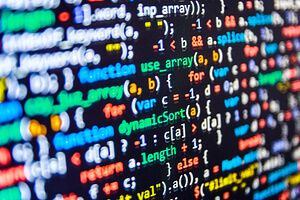
Continue reading “Battle of the Bots: How AI Is Taking Over the World of Cybersecurity” »

